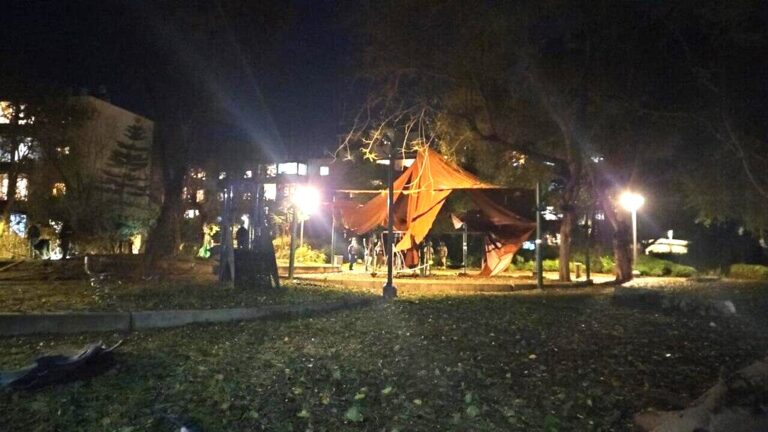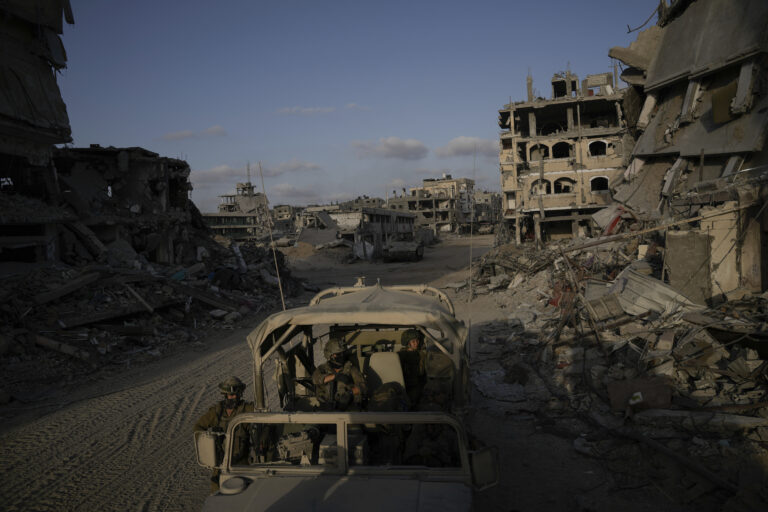Opposition to new full-body imaging machines to screen passengers and the government’s deployment of them at most major airports is growing.
Many frequent fliers complain they’re time-consuming or invade their privacy. The world’s airlines say they shouldn’t be used for primary security screening. And questions are being raised about possible effects on passengers’ health.
“The system takes three to five times as long as walking through a metal detector,” says Phil Bush of Atlanta, one of many fliers on USA TODAY’s Road Warriors panel who oppose the machines. “This looks to be yet another disaster waiting to happen.”
The machines — dubbed by some fliers as virtual strip searches — were installed at many airports in March after a X-Mas Day airline bombing attempt. The Transportation Security Administration (TSA) has spent more than $80 million for about 500 machines, including 133 now at airports. It plans to install about 1,000 by the end of next year.
The machines are running into complaints and questions here and overseas:
•The International Air Transport Association, which represents 250 of the world’s airlines, including major U.S. carriers, says the TSA lacks “a strategy and a vision” of how the machines fit into a comprehensive checkpoint security plan. “The TSA is putting the cart before the horse,” association spokesman Steve Lott says.
•Security officials in Dubai said this month they wouldn’t use the machines because they violate “personal privacy,” and information about their “side effects” on health isn’t known.
•Last month, the European Commission said in a report that “a rigorous scientific assessment” of potential health risks is needed before machines are deployed there. It also said screening methods besides the new machines should be used on pregnant women, babies, children and people with disabilities.
The U.S. Government Accountability Office said in October that the TSA was deploying the machines without fully testing them and assessing whether they could detect “threat items” concealed on various parts of the body. And in March, the office said it “remains unclear” whether they would have detected the explosives that police allege Umar Farouk Abdulmutallab tried to detonate on a jet bound for Detroit on X-Mas.
TSA spokeswoman Kristin Lee says the agency completed testing at the end of last year and is “highly confident” in the machines’ detection capability. She also says their use hasn’t slowed screening at airports and that the agency has taken steps to ensure privacy and safety.
The TSA is deploying two types of machines that can see underneath clothing. One uses a high-speed X-ray beam, and the other bounces electromagnetic waves off a passenger’s body.
Passengers can refuse screening by the machines and receive a pat-down search by a security officer, screening by a metal detector, or both, the TSA says.
(Source: USA Today)










